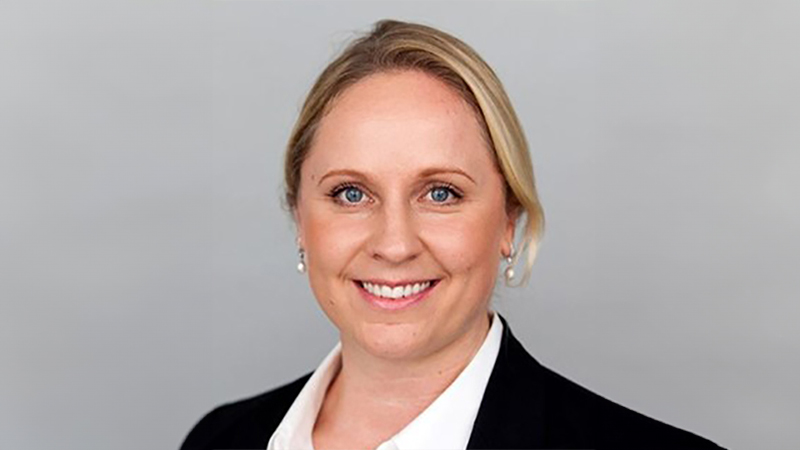ESG considerations for bond investors are complicated, but fixed income provides scale and scope for public projects that may see it start to become the asset of choice in the space.
Although ESG has traditionally been driven by equity investors, the fixed income ESG market is growing fast. Nordea launched the European Corporate Stars Bond fund in January, Pimco launched its GIS Global Investment Grade Credit ESG fund in October last year and Blackrock’s four open-ended ESG-focused emerging market debt funds went to market in August 2018.
But why has fixed income taken so long to catch up? The short answer is that both the investments themselves and ESG considerations for fixed income are vastly more complex.
My-Linh Ngo, head of ESG investment risk at fixed income specialist Bluebay, says there is no “cookie cutter ESG template” you can use for both equities and bonds.
She adds: “With equities an investor usually has only one share class to choose from and all shares have the same risk profile. With fixed income you have high yield and investment grade, a range of durations, and different rankings including senior and subordinated debt. All will have different levels of ESG risk.
“By example, an issuer might release long and short dated bonds, but climate change regulatory risk associated with the sector might be medium or long term, and so affect only the long-dated bonds.”
Less sensitive
Equities share prices are very sensitive to sentiment while bond share prices are not, making them more responsible to investors ESG considerations. Fixed income prices are more linked to credit quality and default risk meaning the relationship between the value of the asset and the investor’s concerns – whether they are about ESG or otherwise – is much less direct.
However, as Therese Niklasson, head of ESG at Investec, explained environmental concerns in particular have become so worrying that fixed income investors and vendors now face risk around default or credit quality.
“Events such as the Vale dam rupture in Brazil or the BP Maconda spill in Mexico were of an order of magnitude that had a meaningful impact on the bond markets.”
She adds: “Environmental issues have become costly to bond issuers and they have begun to take notice.”
Engagement
One of the main tools of ESG and impact investors is engagement but, again, the process is different for bond and equity investors. One difference, as Niklasson explains, is that shareholders can vote at general meetings, while bond holders cannot.
Another factor affecting the level of investor influence according to Niklasson, is that investors hold stocks in perpetuity but hold bonds for a much shorter duration. “The length of time gives an investor incentive to engage in ESG concerns with a company,” she says.
But the situation isn’t all bad for fixed income investors wanting to influence companies to consider ESG. Ngo says: “The debt market is much larger than equities meaning there is more scope for influence. Second, some corporations have to come to market regularly, providing investors with a chance to develop a relationship with and put requirements to the issuer. Finally, to get the speed and scale of change necessary for new energy infrastructures and sustainable power systems to combat climate change scale is required – and the fixed income market is better equipped to deliver this than equities.”
However, not all areas of the market are suitable for those wanting to engage with vendors and ESG investors should focus on primary markets according to Niklasson, since this will mean they can draw up the terms and conditions of engagement. These will have already been determined within the secondary markets.
Similarly, the type of bond issuer may affect the type of engagement required. Ngo says: “Investment grade issuers tend to be big and well known, meaning they are less likely to listen to investors. However, they will be frequent issuers and so come to the market more often, providing opportunity for engagement. High yield issuers are smaller and so arguably more willing to listen to ESG considerations, but they are not frequent issuers, so the opportunities to influence are fewer.”
Private assets
One potential way of dealing with the problem of engagement for fixed income investors is to invest in private markets. The M&G Impact Financing fund managed by Richard Sherry and launched in April last year, does exactly this. The fund invests in 18 private and illiquid investments and has a wide environmental and social remit, including renewable energy, green business, green transport, social housing, and financial inclusion. Borrowers might be public bodies, such as housing associations, or private companies such as smart meter vendors.
“We have more engagement than either equities or bond holders of publicly listed companies,” Sherry says. “We are often the only lender to the company and negotiate with them over a period of months. We have a great deal of influence on how our money is spent.” To date, funds have been invested in windfarms, hospitals and university facilities among other projects.
The 90-day redemption period for the fund means that it is only really suitable for a institutional market with less need for liquidity than retail investors, but perhaps if the demand for ESG and influence grows, fixed income retail investors may be willing to sacrifice some liquidity to have a greater influence over the companies they hold.










